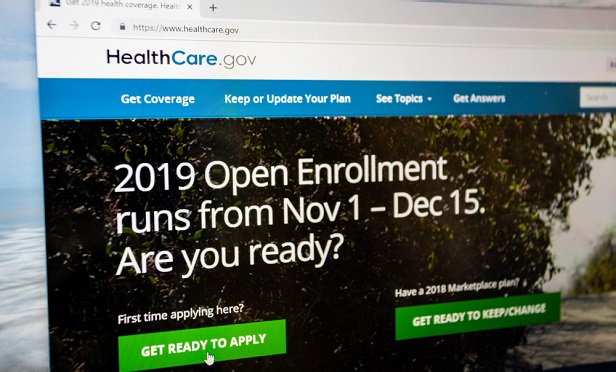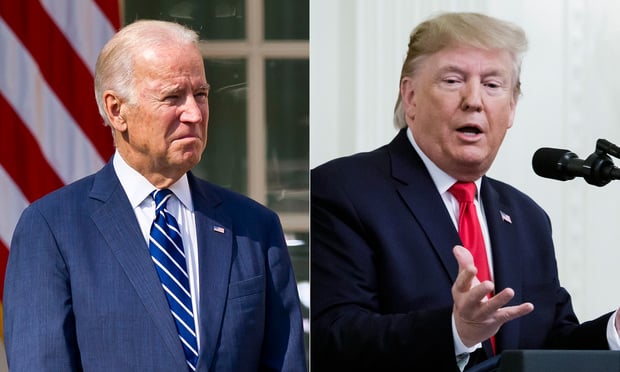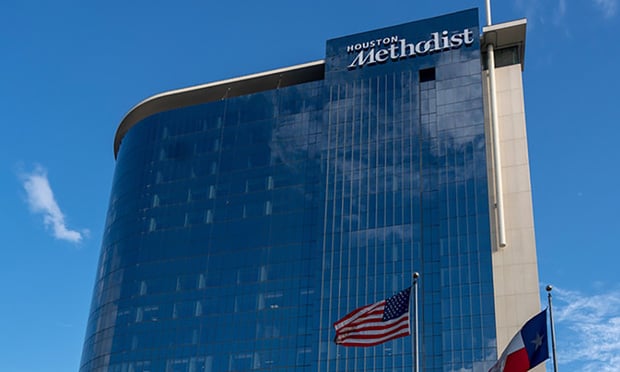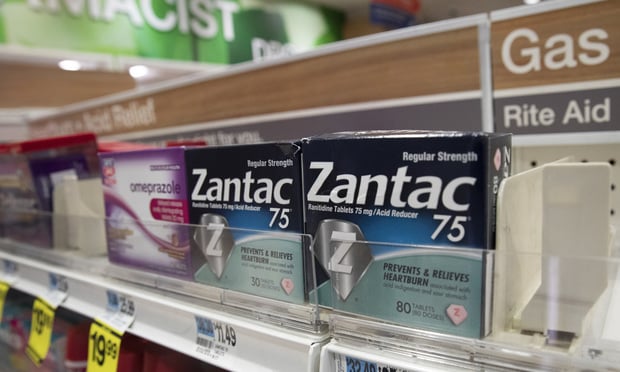 Thenumber of people signing up for ACA plans is “surprisingly robust,given all the headwinds,” said Larry Levitt, senior vice presidentfor health reform at the Kaiser Family Foundation.
Thenumber of people signing up for ACA plans is “surprisingly robust,given all the headwinds,” said Larry Levitt, senior vice presidentfor health reform at the Kaiser Family Foundation.
The market for Obamacare plans is shrinking but not collapsing, two years after President DonaldTrump said not repealing the program would “destroy American healthcare forever.”
|More than halfway through the 45-day enrollment period, fewer people have selectedplans for 2019 on healthcare.gov than in the same period a yearago, new government data show. The website handles enrollment inAffordable Care Act plans for 39 states.
| Related:The dismantling of the ACA: Atimeline
Related:The dismantling of the ACA: Atimeline
The decline in signups follows an effort by the Trumpadministration to promote cheaper coverage with fewer consumerprotections, which critics called an attempt to undermineObamacare. Congress also lifted the individual-mandate penalty for going withouthealth insurance — a fee of 2.5 percent of income that was intendedto discourage healthy people from waiting until they got sick topurchase coverage. That change takes effect in 2019.
|The number of people signing up for ACA plans is “surprisinglyrobust, given all the headwinds,” said Larry Levitt, senior vicepresident for health reform at the Kaiser Family Foundation, aresearch group.
|Signups between Nov. 1 and Nov. 24 totaled 2.4 million, about 13percent less than during a similar period last year, according todata released Wednesday by the Centers for Medicare and MedicaidServices.
|Healthcare.gov enrollment closes on Dec. 15. At that point,participants who didn't actively shop for new coverage will beautomatically re-enrolled. It's hard to gauge how much the marketmay be changing until those final numbers are released.
|Premiums, after jumping for several years, are on average stablefor next year. And while some states scrambled to find insurers inrural areas where no companies wanted to sell coverage last year,every spot on the map had at least one option for 2019.
|About 80 percent of those buying coverage on healthcare.gov andstate marketplaces are eligible for subsidies because they makeless than $48,000 a year for an individual, or $100,000 for afamily of four. That insulates them from price increases.
|The remaining 20 percent on the exchanges, as well as millionswho shop for similar plans outside of those official marketwebsites, pay the full premium. Those prices strain many householdbudgets, causing some people to seek cheaper alternatives or dropcoverage entirely.
|The data released Wednesday count only purchases onhealthcare.gov, not people who bought coverage off the exchanges.That market could be changing more dramatically, because buyers paythe full price.
|Insurance companies expected some people to leave the market in2019, and set premiums accordingly.
|“Insurers are making a lot of money this year in this market,”Levitt said.
|A year ago, with some insurers exiting the ACA markets, manypeople were forced to log on to choose new plans because their oldplans were no longer offered. That circumstance has all butvanished this year, according to eHealth Inc., an online insurancebroker.
|“Carriers are starting to get more comfortable with thismarketplace,” said Paul Rooney, vice president of carrier relationsat eHealth. Less Dire
|The preliminary drop in enrollment is not as dire as somepredicted, given the Trump administration's opposition to the ACA.The nonpartisan Congressional Budget Office last year projectedthat repealing the individual mandate would increase the number ofpeople without health insurance by 4 million in 2019, a projectionthat rises to 13 million by 2027.
|The administration has promoted cheaper forms of insurance thatdon't have to meet the same requirements as the ACA, includingcoverage of pre-existing conditions. Those include short-termhealth plans and association health plans.
|Short-term plans that can limit benefits and charge higherprices to sick people have been projected to attract 1.4 millionpeople in 2019, according to CMS actuaries, shrinking the ACAmarkets as healthy people seek less expensive policies.
|Fewer than one-third of respondents knew that the individualmandate penalty was gone, according to a new Kaiser FamilyFoundation poll. Only one quarter of adults who were uninsured orpurchased individual market coverage knew the enrollment deadline.About 1 in 5 said they would buy a short-term health plan if theyhad the chance.
|A number of other factors may be influencing the ACA marketplacethis year. Most Americans under age 65 get coverage from anemployer, and the labor market continues to improve, adding 2.5million jobs in the past year.
|While the federal open enrollment period ends Dec. 15, somestates that run their own marketplaces allow people to sign uplater on. Californians have through Jan. 15 to sign up, while inNew York state the enrollment period lasts through Jan. 31.
|Read more:
- Who's buying short-term health insurance, andwhy?
- How to increase health insurance enrollment,according to AHIP
- ACA public exchanges open, with littlefanfare
Copyright 2018 Bloomberg. All rightsreserved. This material may not be published, broadcast, rewritten,or redistributed.
Complete your profile to continue reading and get FREE access to BenefitsPRO, part of your ALM digital membership.
Your access to unlimited BenefitsPRO content isn’t changing.
Once you are an ALM digital member, you’ll receive:
- Critical BenefitsPRO information including cutting edge post-reform success strategies, access to educational webcasts and videos, resources from industry leaders, and informative Newsletters.
- Exclusive discounts on ALM, BenefitsPRO magazine and BenefitsPRO.com events
- Access to other award-winning ALM websites including ThinkAdvisor.com and Law.com
Already have an account? Sign In
© 2024 ALM Global, LLC, All Rights Reserved. Request academic re-use from www.copyright.com. All other uses, submit a request to [email protected]. For more information visit Asset & Logo Licensing.








